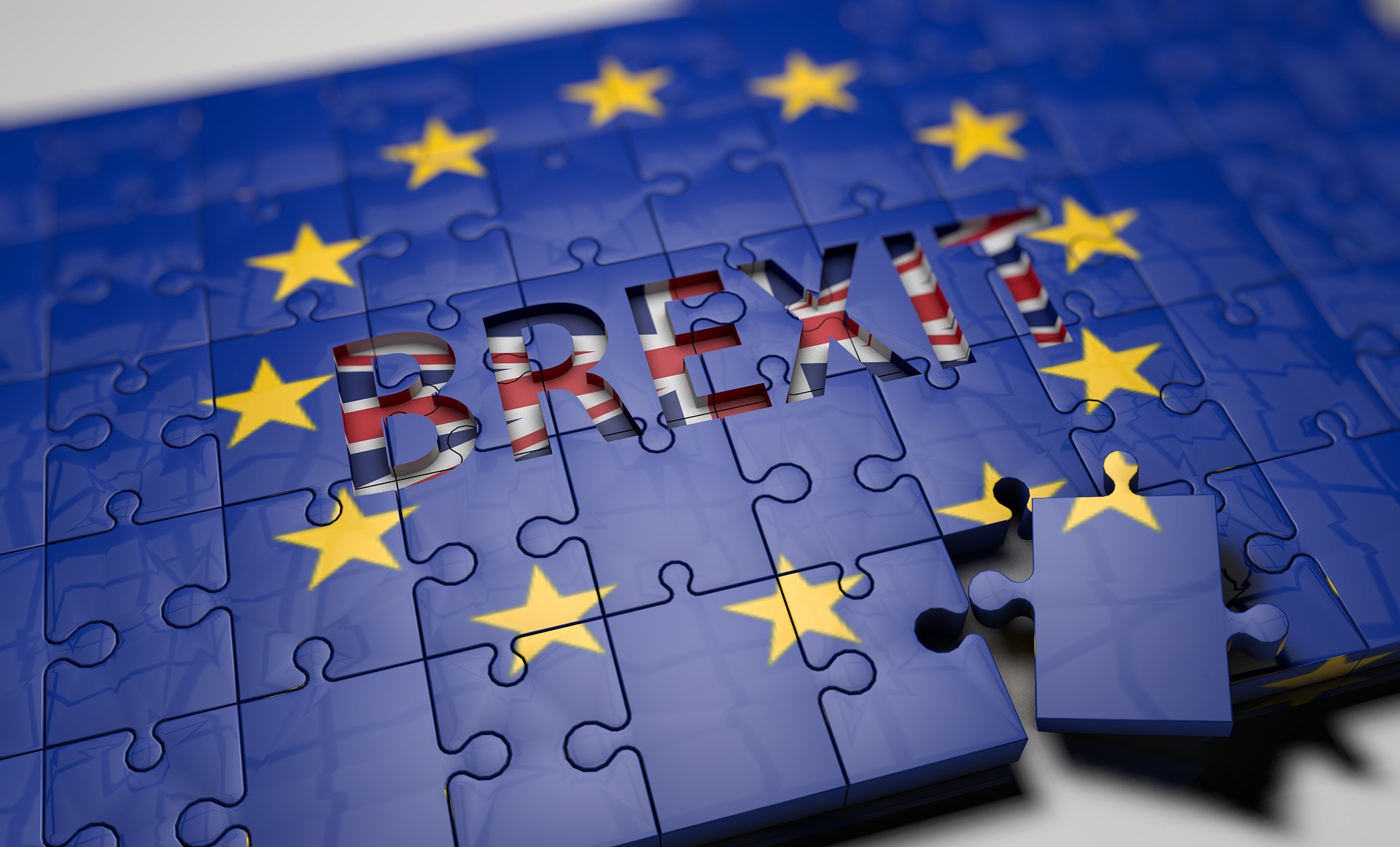Electrical interconnectors could avoid more than 100 million tonnes of UK carbon emissions between now and 2030. Contributing in this respect is the National Grid’s IFA-2 interconnector. The recently powered-up IFA-2 is the product of a £700 million shared investment between the National Grid and the French power firm Réseau de Transport d’Électricité (RTE).
IFA-2 physically connects the UK and France’s electricity systems, giving Britain access to France’s nuclear and renewable energy and vice versa. With a 1 gigawatt (GW) capacity and as the UK’s sixth operational interconnector, IFA-2 represents another major milestone in the UK government’s legally binding pledge to have net zero emissions by 2050.
After seven years of planning & three years of construction, we're nearly ready to launch our fourth electricity interconnector. The second interconnector developed with @rte_france, #IFA2 will connect #cleanenergy between Great Britain & France.#ConnectingCleanEnergy pic.twitter.com/ZpRuCKkCl9
— National Grid UK (@nationalgriduk) October 9, 2020
Interconnectors address renewable energy’s long-standing issues of intermittency and reliability. In areas where energy generation cannot meet demand, electricity can be imported from elsewhere. When favourable conditions produce a surplus of renewable energy, electricity can be diverted to where it is needed.
In 2019 interconnectors supplied 8% of Great Britain’s electricity consumption, with 66% of this imported electricity derived from zero-carbon sources. The three active interconnectors between the UK and continental Europe (IFA, BritNed, Nemo) are saving 1,108,910 tonnes of CO2 a year.
[A] higher level of interconnector capacity could decrease cumulative emissions in Great Britain by up to 199MtCO2e by 2050, as well as reducing total system costs.
– the UK government’s Energy White Paper
With the UK’s current interconnector capacity at five gigawatts, Boris Johnson intends “to realise at least 18GW of interconnector capacity by 2030,” as the Energy White Paper states. This growth would be enough to supply 25% of Britain’s future energy demands. For consumers, this would reduce the wholesale prices of electricity across the UK: the IFA-2 alone has the potential to reduce prices by 2% and the UK hitting its interconnector target would save UK consumers up to £20 billion.
A further 10 interconnectors are in construction or planning phases for the UK. This growing network will improve the UK’s current connections and establish new access to Norway and Denmark’s energy systems. In addition to providing access to new green energy, more interconnectors will fuel the growth of renewable energy sources within the UK. Promoting this growth to the point of a “high level of renewables on the system” may see the UK become “a net exporter” of electricity. As it stands, the UK is a net importer and in 2017 these imports supplied 36% of the UK’s energy demands.
Interconnection has the potential to provide transmission-level flexibility which can help integrate low-carbon generation at a regional level. It allows all markets to maintain high-levels of generation from intermittent renewables rather than curtailing generation when it is not required to meet domestic demand.
A network of interconnectors will be a pivotal tool in decarbonising the UK and the EU. Building this network will require an immense workforce. The UK’s net-zero energy workforce is expected to see a recruitment of 400,000 jobs by 2050: 48,700 in Scotland; 13,700 in Northern Ireland; 60,500 in the North West of England; and 54,900 in the South East of England.
Overall, 260,000 of these will be for new roles and the workforce will seek expertise across all levels in areas of AI, developing and building hydrogen networks, heat pump installations, electric vehicle charge point installers and carbon capture technology.
We've started construction with @Siemens_Energy on the converter station for our #VikingLink interconnector. When complete in 2023, the 300m2 converter station will enable #cleanenergy to be shared between the UK & Denmark via a 765km long subsea cable. https://t.co/5Npj8ZKyo6 pic.twitter.com/3wRzWVxXd8
— National Grid UK (@nationalgriduk) December 1, 2020
But, what does Brexit mean for interconnectors and the future of shared European electricity? While there is no consensus on how disruptive the UK’s departure from the EU will be, we can be certain that electricity will continue to flow.
For Ireland and Northern Ireland, Brexit does not bring much change as both will have “continued operation of the Single Electricity Market.” As a matter of fact, they will cut out the UK as the middleman as Ireland recently secured €530m of EU funding for the Celtic Interconnector. This will connect Ireland to France, and for the first time give the island direct access to continental Europe’s electricity.
French president Emmanuel Macron and Irish PM @LeoVaradkar just signed a joint letter committing to building a €930m electricity interconnector, bypassing the UK to allow both countries to supply energy to each other directly after Brexit. pic.twitter.com/9B7VVoMLcU
— Andrew Byrne (@aqbyrne) May 28, 2019
While interconnectors will continue to operate in the UK, as the National Grid states, the recently agreed upon Trade Deal between the UK and EU provides no model for interconnector operation or regulation. Developing, building and implementing any model is no simple feat; and so both parties have agreed to postpone the deadline for any finalised energy trading agreements to April 2022.
In the meantime, it will not be business as usual, the UK government outlined. All interconnector owners and operators must engage with the relevant EU national regulatory authorities for potential Transmission System Operator certification reassessment. As the UK leaves the EU’s Internal Electricity Market, market participants within the UK who wish to trade in the EU wholesale energy markets or trade within the Single Electricity Market will have to re-register with an appropriate EU regulatory authority.
Related Articles: Is Brexit a Defeat for Europe? | A Roadmap Towards 100% Renewable Energy
Suggesting what a finalised agreement in this sector will look like, the UK government says the deal contains “framework for future electricity trading across interconnectors between the UK and the EU.” This includes a number of promising signs, most notably that “the maximum level of capacity of electricity interconnectors [will be] made available.”
Another part of the Trade Deal writes that the future management of interconnectors must create “supportive conditions for the development of, and investment in, economically efficient electricity interconnection.” This crucial part of the framework aims to entice investors and prevent consumers from picking up the bill.
A major Brexit concern for interconnectors was that by leaving the EU’s Internal Electricity Market (IEM), the UK would also lose access to EU funding, potentially making future interconnector developments more expensive. If interconnectors were to become more expensive, we would likely see the price of imported electricity rise. Increased prices all too often trickle down to consumers, and in this case this would mean the public would be covering the costs of Brexit.
Despite the drama and worries about Brexit, interconnectors will continue sharing European electricity. Their owners and operators may initially suffer from more administrative work but they can look forward to the finalisation of the trading electricity agreement. Hashing out the finer details of such an agreement will not be straightforward, especially post-Brexit; however, it must be done if interconnectors are to continue bolstering renewable energy sources and decarbonising economies – on both sides of the Brexit deal.
Editor’s Note: The opinions expressed here by Impakter.com columnists are their own, not those of Impakter.com. — In the Featured Photo: Brexit removing the UK as one of the EU’s puzzle pieces. Featured Photo Credit: daniel_diaz_bardillo.








